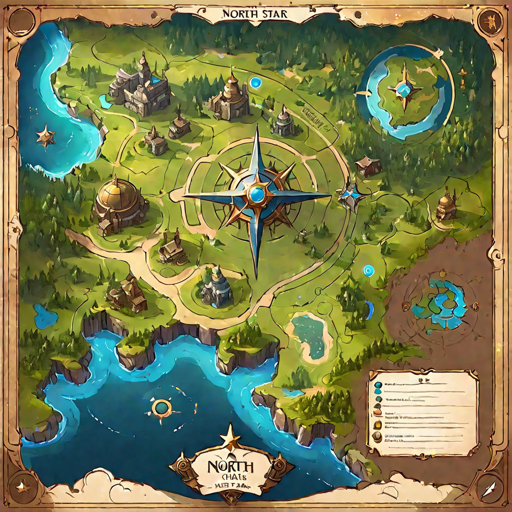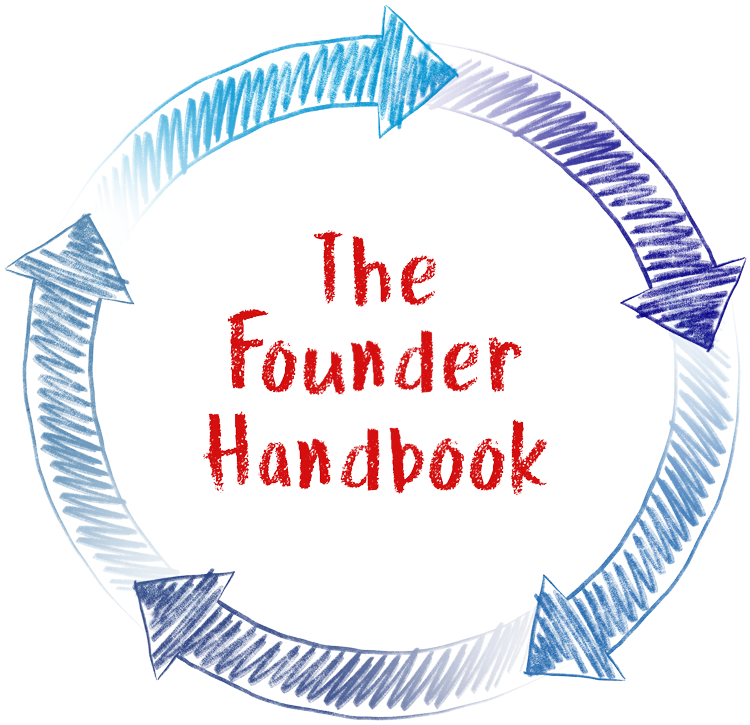Unveiling the North Star Metric
The term “North Star Metric” (NSM) is inspired from the navigational use of the North Star, Polaris. The star has long been used as a stable point in the sky, aiding sailors and travellers in finding their way.
The same way, in business context, the NSM symbolically serves as a guiding light towards a strategically desired destination. It represents a singular overarching metric that aligns all efforts and activities within a company. Alignment is important for amplifying all individual contributor efforts while staying focused on core objective and direction.
The concept gained popularity in the startup world through a book called “Hacking Growth” by Sean Ellis, a well-known entrepreneur and startup advisor.
The North Star Metric is a point of reference, a filter, for new initiative prioritisation, as well as, for long-term strategic planning. If done right, it’s a clear, consistent, and universally understood metric that serves as a beacon for the entire organisation, 5 people to global enterprises, towards its goal. It’s a quantified expression of company’s vision.
Choosing Your Guiding Light
While the North Star Metric tends to be obvious when you see it, defining it for your own company is anything but! There’s no single-size-fits-all, and choosing the right NSM is a critical decision that requires careful consideration. While it will be very unique to your circumstances, there are some core guiding principles that good NSMs tend to follow:
- It’s a a singular metric, designed to bring heightened focus and execution
- It’s clear and easy to understand, ensuring that everyone is aligned in the same direction
- It revolves around the customer success and what value your product creates them
- It is measurable (a quantifiable and objective indicator), as opposed to opinion-based (subjective)
- It is actionable, meaning you can can influence it yourself without relying on external factors
- It is a leading indicator of business success, as opposed to lagging, like revenue
- It directly correlates with the progress of your company towards its vision
We suggest that the North Star Metric is always stated with the company’s vision to inspire and provide context while aligning efforts. For example:
| Netflix | |
| Vision | North Star Metric |
| “Becoming the best global entertainment distribution service” (source) | Minutes watched per month |
Note that for Netflix “minutes watched per month” is the highest correlated metric (leading indicator) with business goal of “user monthly renewals” (lagging indicator).
One additional observation, that will help you while thinking about your own NSM, comes from Amplitude, who did analysis of “products at over 11,000 companies and 3 trillion user actions” (source). They observed that NSM almost certainly falls into one of the following three categories:
- Attention: How much of your customers’ time can you capture in your product?
- Transaction: How many commercial transactions does your user make on your platform?
- Productivity: How many high value digital tasks can your customer perform in your product?
Beyond Vanity Metrics
If done right, NSM should not feel like a vanity metric, but reflect the core value delivered to customers that ultimately results in sustained long-term growth. While the concept is widely embraced in the startup world, we have seen some common misconceptions associated with it:
1. KPIs / Metrics as the North Star Metric
Often companies select a few KPIs (key performance indicators) or metrics that they want to focus on. However, the NSM is distinct and should be the single metric that best reflects the core value the product delivers to customers. It’s not just any metric that’s easy to track.
2. Customer growth without customer value
While customer growth is often a goal, the NSM should reflect sustained, long-term value for your users. It’s not just about acquiring more customers, it’s about delivering ongoing value.
3. North Star Metric cannot replace OKRs (Objectives and Key Results)
Although both the NSM and OKRs are strategic tools, they serve different purposes. OKRs are a goal-setting framework that helps organisations define and track specific objectives and key results to achieve those objectives. In contrast, the North Star Metric is a singular, customer-centric metric that aligns the entire organisation towards delivering core value to users.
4. Not a Management Framework
The NSM is not a management framework in itself. While it guides strategic decision-making and alignment across an organisation, it doesn’t provide the comprehensive set of tools and methodologies associated with management frameworks. Management frameworks often encompass various principles, processes, and practices for organisational governance and improvement, while the NSM primarily focuses on driving customer value.
5. No One-Size-Fits-All
It’s not a generic metric. It is unique to the specific goals, vision, approach and value proposition of each business. Rarely can it be copied from someone else and still be useful for you.
6. Not Set and Forget
Changes in the market, industry trends, or external conditions may influence the relevance of the NSM. It’s not a metric that exists in isolation from the broader business environment and should be periodically reassessed for its suitability.
Part 2: North Star Metric: How do you find yours?
Cover art by: https://hotpot.ai/art-generator




